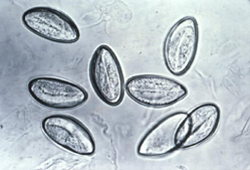Summary
Definition
History and exam
Diagnostic investigations
Treatment algorithm
Contributors
Authors
Michael J. Smith, MD, MSCE

Professor of Pediatrics
Duke University School of Medicine
Durham
NC
Disclosures
MJS declares that he has no competing interests.
Acknowledgements
Dr Michael J. Smith would like to gratefully acknowledge Dr Theoklis Zaoutis, a previous contributor to this topic. TZ declares that he has no competing interests.
Peer reviewers
Randal Rockney, MD
Associate Professor of Pediatrics and Family Medicine
Department of Pediatrics
Hasbro Children's Hospital
Providence
RI
Disclosures
RR declares that he has no competing interests.
References
Key articles
Kimberlin DW, Barnett ED, Lynfield R, et al, eds. Red Book: 2021-2024 report of the committee on infectious diseases. 32 nd ed. Elk Grove Village, IL: American Academy of Pediatrics; 2021 [internet publication].Full text
Centers for Disease Control and Prevention. CDC Yellow Book 2024: health information for international travel. Section 5: travel-associated infections and diseases - enterobiasis / pinworm. May 2023 [internet publication].Full text
Reference articles
A full list of sources referenced in this topic is available here.
Use of this content is subject to our disclaimer
